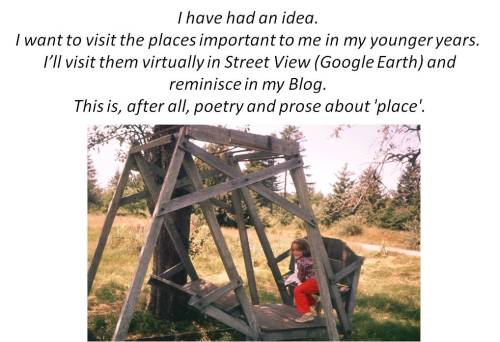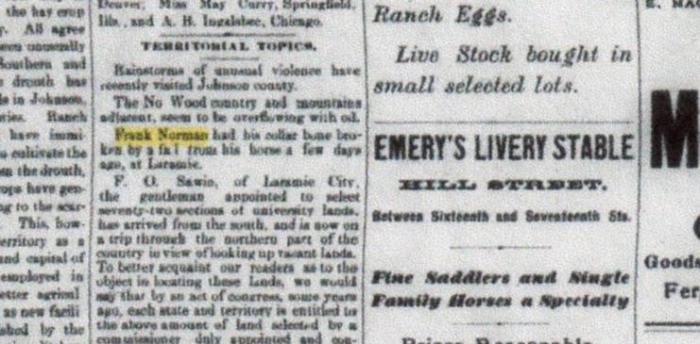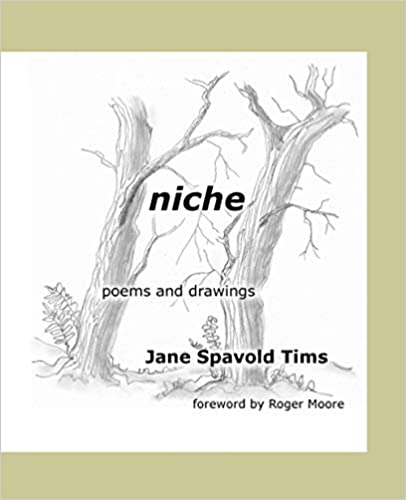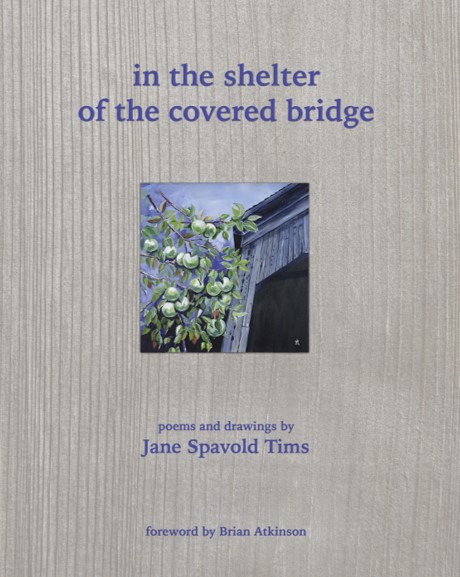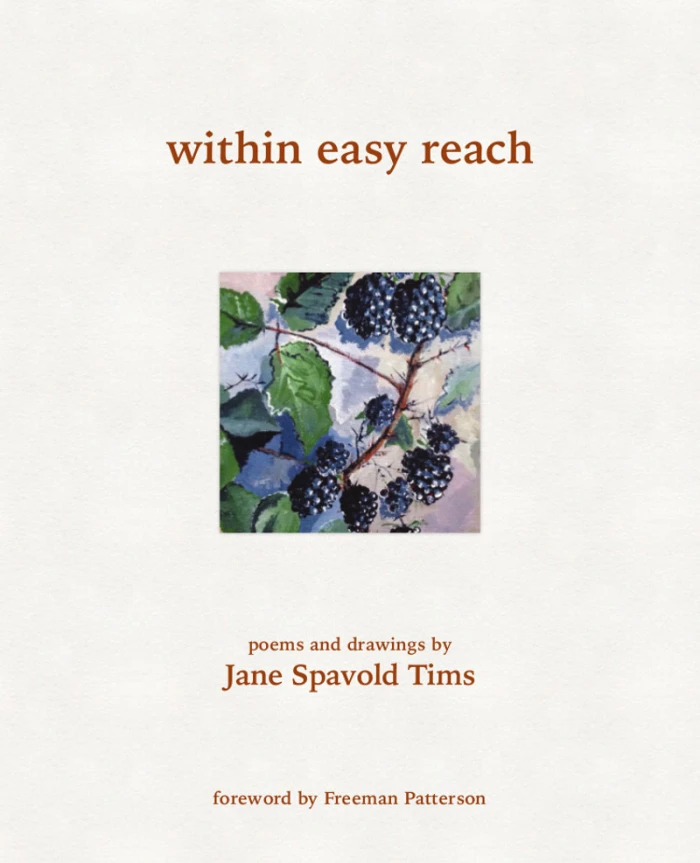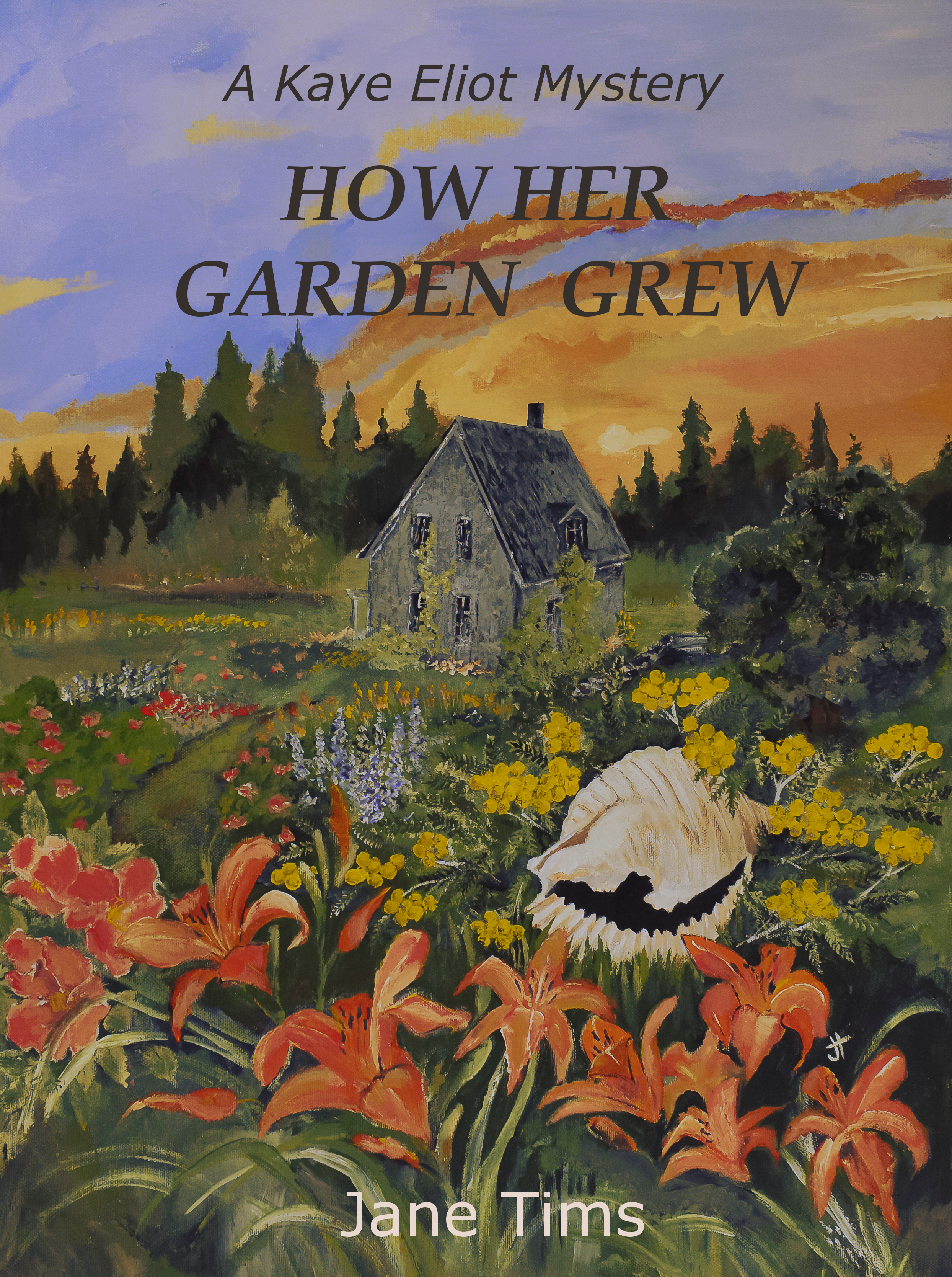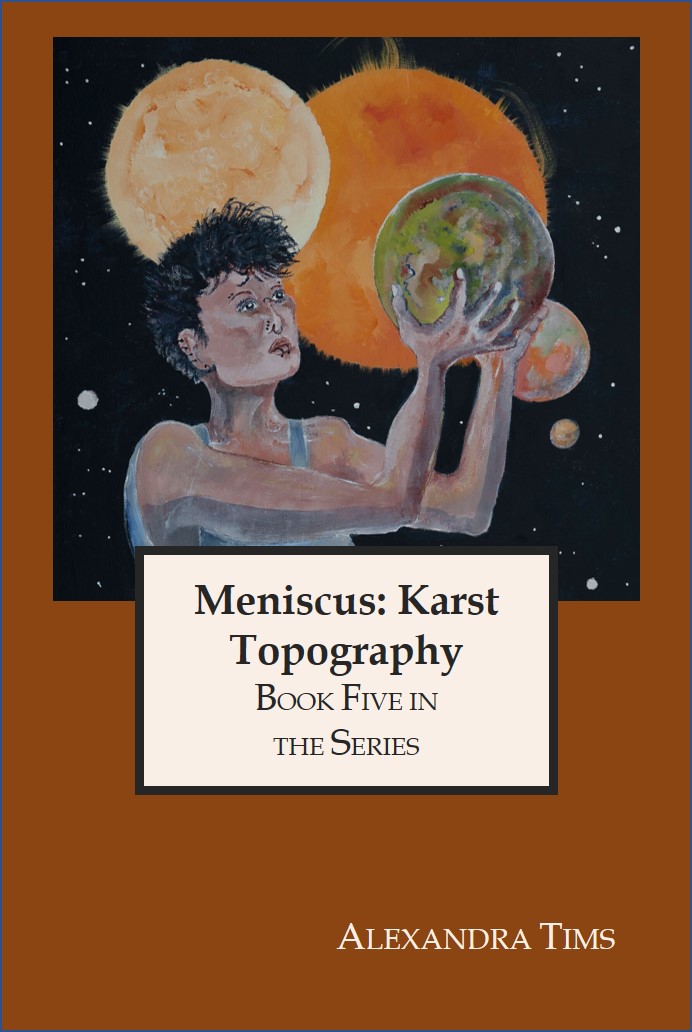Archive for May 2014
harvesting colour … lily of the valley
Now that green is the dominant colour outside my door, I am anxious to try dyeing with every plant I see. I was particularly anxious to see if I could coax colour from the Lily of the Valley crowding around my walkway.
~
~
The green leaves in the photo above are from two different plants, the smaller single leaves of Wild Lily of the Valley (Maianthemum canadense) and the larger furled Lily of the Valley (Convallaria majalis). The larger Lily of the Valley produces a dye with seasonal qualities – dark green in spring and yellow in fall.
~
~
The rolled emerging leaves of the Lily of the Valley are called ‘pips’. The pips squeak as they are collected. I think they want to be left alone!
~
~
I cut the leaves into one inch pieces and left them for an hour to simmer in water. I added some iron to the mix, to serve as a colour modifier – a square-headed nail, a railroad spike and a rusty horseshoe. The water was pale green at first, but as it began to cool, it became a dark, almost black, green …
~
~
Once the water cooled, I strained the liquid and added the wool. After bringing it to a boil, I let it cool gradually – wool hates sudden changes in temperature …
~
~
The resulting colour was dark grey. I also did a vat without the addition of iron and the result was a slightly paler grey.
~
~
This is my last dyeing experiment with Lily of the Valley. All the parts of the plant are poisonous with compounds known as glycosides. Ingested, these compounds have an effect on the heart and can cause fatal circulatory, gastrointestinal and respiratory problems. If you are a fan of the TV show Breaking Bad, you will know that Walt used Lily of the Valley in a scheme to kill one of his enemies.
~
Although I took precautions, doing the boiling outside and disposing of the liquid in the woods, far from our well or the stream, I was not comfortable working with such a poisonous plant. While the water was boiling, the smell was thick and noxious and my mouth had a metallic taste all day. I was jittery before I went to bed, convinced that breathing the vapours would be the end of me. I am fine today, but I don’t recommend using Lily of the Valley as a dye. The dark grey colour obtained is not worth the risk. And the lovely scent of the Lily of the Valley flowers is the plant’s first, best use.
~
~
Copyright 2014 Jane Tims
ghost girl
In Fredericton, there is a relatively famous road, called Waterloo Row. It is famous for its beautiful old homes and is featured in the Canadian version of the game Monopoly. For me, the road represents a favorite part of my former morning commute.
~
Especially in fog, Waterloo Row presents some lovely vignettes, including ghostly images of the St. John River, with the old bridge, now a footbridge, vanishing into the mist…
~
~
older homes, some of whom are reputed to be haunted…
~
~
and a bench along the river footpath, haunted by a young girl who sat there almost 34 years ago, considering her future…
~
~
I see her sitting there whenever I drive by. On a cool evening in May of 1980, she drove there on her bicycle and watched the river for an hour, thinking about what her life would be. In two months, she would marry, and her life would change in many ways. She thought about this and wondered.
~
If I could talk to her, I could answer almost all her questions. I could tell her about her marriage of (so far) 33 wonderful years. I could tell her all about her future husband and amazing son. I could tell her how relaxing it will be to be at home full-time after three decades of work. And I could tell her – the river could never be as beautiful as the sight of our small pond with its stone bench and violet-studded lawn on this day at the end of May, 34 years later.
~
Copyright 2013 Jane Tims
remembering place: high school
~
In Grade 10, 11 and 12, I went to Sidney Stephen High in Bedford Nova Scotia .
~
~
I had good friends. I loved all my teachers. I took swimming and golf lessons. I went to school dances and played piano at our various talent nights. I was on our school’s Reach for the Top team and answered only one question during the television program … name Santa’s eight reindeer! We lost to Halifax West, the school where my Dad was Vice-Principal.
~
I walked the sidewalk above so many times. Once I carried Myles Goodwyn’s guitar down that hill. The guitar was borrowed for a weekend, something to do with a talent night. Myles Goodwyn is producer, singer, guitarist and composer in one of Canada’s greatest rock groups, April Wine.
~
Just outside the end door in the wing of the school visible in the image above, sitting on the grass, I helped my friends prepare for a test on William Golding’s Lord of the Flies. Among my friends, I alone actually read the book, and I made the lowest test score of the four people I coached that day!!!
~
English and History were my favorite subjects. My English teachers were Mr. Burke and Mrs. Bussey. I learned about Shakespeare, the Romantic poets and travel writing. I remember Mr. Burke’s class so clearly: ‘Look on my works, ye Mighty, and despair!’ (Ozymandias, Shelley). In Mrs. Bussey’s English class we went to live theatre and I fell in love with set design. I remember the two-storey backdrop of the set for Shakespeare’s Twelfth Night at Neptune Theatre. The house I live in today, which my husband and I built with the help of my Dad, has a loft inspired by that set.
~
Our History teacher, Mr. Harvey, was a great inspiration, taking us to all the historical nooks and crannies in the area. Our History Club researched the first length of the old stagecoach route between Lower Sackville and Truro (surveyed in 1817-1818 by Woolford; for an old map of this road, see http://www.novascotia.ca/nsarm/virtual/woolford/archives.asp?ID=11). For the project we actually walked the old road, even then almost obscured by the growth of the forest. We could still see the path of the road by looking for the younger trees in the landscape, and we could find the old culverts. Later, we made a 3-D model of the road and its path between lakes and hills. Today, the old road begins at the Fultz Museum in Sackville (once Fultz’s Twelve-mile House, an inn along the way) and follows various local roads, including part of the Old Cobequid Road. I once lived (my first apartment) just across the lake from the old road (the long lake in the upper part of the map below).
~
~
If we ever had one, I did not go to my class reunion for Sidney Stephen. I gradually lost touch with my friends, although I know where they live (not a threat!) and a little about their lives since High School. And I still talk to Mr. Burke, my English teacher, occasionally. Some friends I will never see again and that makes me very sad.
~
Copyright 2014 Jane Tims
still painting Cornwall gates!
After completing ‘iron gate in Cornwall’ for Isaac’s Way Restaurant’s art auction, I decided to paint a gate just for myself. I liked the small watercolour I did for my first Isaac’s Way auction, so I have painted a version of the scene in acrylics.
~
First, the watercolour, 8″ X 10″, unframed …
~
~
And here is the new painting in acrylics, 20″ X 24″ unframed …
~
~
Copyright 2014 Jane Tims
remembering place: a gift on a spring day
~
When I was a teenager, my family lived in Lower Sackville in Nova Scotia. I went to Junior High and Senior High there and began my university days.
~
I have many great memories of living in our house … of spending time with friends and family. I remember painting the kitchen cupboards with my Dad, painting a huge seascape on the living room wall, decorating the Christmas tree with the ‘help’ of our dog Snoopy, and doing homework and learning to sew while watching Audie Murphy movies. One of my earliest ‘projects’ was raising wild violets from seed along the back fence. I can remember spending hours on the phone with my friend Donna, pulling the long telephone cord down the basement stairs so I could sit and giggle in privacy.
~
On that same phone, my sister and I practiced for days how we would be the tenth caller to win tickets to see Elvis Presley in Halifax. When the moment came, we counted the time just as we had carefully calculated. Then I dialed in, at the precise moment. They answered! And, in my excitement, I HUNG UP. My sister was so put out at me. And we will never know if we were the lucky tenth caller! We never did see Elvis in person.
~
As an exercise for a writing class I am taking, I wrote a little about attending my best friend’s wedding after graduation in 1972. I walked to the church which was just at the bottom of our street. As I wrote the story, I thought how I would like to see that street, to better remember the walk I took. So, I went to Street View (Google Earth). I began at the top of the hill and virtually ‘walked ‘ along the street where I had lived. At the first of the walk, I saw our house in July of 2012, when the Street View image was taken. I was amazed to see how the trees we planted had grown … the house is hard to see !
~
~
A few more ‘steps’ and Street View switched to an image taken in May of 2009. I turned back to ‘see’ the house. And this is what I saw …
~
~
My Mom loved the big Forsythia that grew in our front yard. She always said it reminded her of my grandmother (her mother). And there it was, in full bloom and grown huge over the 40 years since we lived there. What a lovely gift on a spring day!
~
Copyright 2014 Jane Tims
I’m from Canada …
As I have been building my family tree, I am discovering how many ‘places’ my ancestors have called home.
~

my grandmother and her brother and four of her sisters appear in this photo at a school in Nova Scotia in the early 1900s
~
The people I would call grandfather or grandmother (with greats added) include people who came to Canada or to the United States from England, Scotland, France, and Germany. Some of their parents came originally from the Netherlands.
- John Winslow (b. 1597) Droltwich, Worcestershore, England (1620)
- Mary Chilton (b. 1607) St. Peter, Sandwich, Kent, England (Mayflower 1620)
- Patrick McMullen (b. 1704) Scotland
- Peter LeValley (b. 1675) France
- William Spavold (b. 1810) England (Trafalgar 1817)
- Eliza Greenfield (b. 1790) England (Trafalgar 1817)
- Stephen Hopkins (b. 1581) Upper Clatford, Hampshire, England (Mayflower 1620)
- Elizabeth Fisher (b. unknown) England (Mayflower 1620)
- Francis Cook (b. 1583) Gides Hall, Essex, England (Mayflower 1620)
- Hester Mahieu (b. 1585) Canterbury, Kent, England (1623)
- William Latham (b. 1608) Chorley, Lancashire, England (Mayflower 1620)
- Conrad Hawk (Sr.) (b. 1744) Germany
- Conrad Kresge (b. 1730) Amberg-Sulzbach, Bayern, Germany
- Johan Ulrick Kohl (b. 1702) Pallatine, Germany
- Solmey Cooll (b. 1702) Germany
- Johann Nicholas Borger (b. 1720) Nassig, Baden-Württemberg, Germany
- John Clark (b. 1793) Straiton, Ayrshire, Scotland
- Jane Cooper (b. 1799) Greenock, Scotland
- Margaret Miller (b. 1798) Hoddam, Dumfriesshire, Scotland
- William Aitcheson (b. 1794) Annan, Dumfriesshire, Scotland (1832)
- — Wayborne (b. 1836) Rockbeare, Devon, England
- John Johnson (b. 1780) England
~
To make me, how many different people from so many different places had to get together!!! As my aunt used to say, just being here, we have already won the greatest lottery of all …
~
One of my next genealogy / virtual cycling project will be to track down when they came to Canada or the United States. Immigration records and passenger lists of ships will help me in this endeavor.
~
Copyright 2014 Jane Tims
the tale of a marriage certificate
Of my eight great-grandparents, I have found myself most drawn to the story of Ella Hawk and Frank Norman. Before I became interested in them, my aunt did a considerable amount of work, so I have only had to fill in small gaps of information. If you follow my Blog, you will know I have looked diligently for information on their lives before 1886 when they married in Laramie, Wyoming (for a poem about Ella’s early life, see https://nichepoetryandprose.wordpress.com/2012/10/17/occupation-shoemaker/
~
I know several bits of information about the day Ella and Frank married – July 24, 1886. For one thing, I have stood in the Methodist Episcopal Church where they were married (see https://nichepoetryandprose.wordpress.com/2011/09/15/sacred-spaces-2/ ). Also, the newspapers for July 1886 are a great source of information on Laramie and the people living there at the time.
~
I also have copies of Ella and Frank’s Application for a Marriage Licence and their Certificate of Marriage. On the documents, Ella identified herself as Mary Ellen Rhoderick since she was previously married.
~
~
~
Who were the people who signed my great-grandparents’ marriage documents?
~
George W. Fox, with the very elegant signature, was the County Clerk in Laramie from 1885 to 1888. An 1875 history of Laramie describes him as a ‘city alderman’, who, in 1866 crossed the Plains with an ox train, by way of Fort Laramie and the Big Horn’ to eventually work in the Laramie meat and vegetable market, and in the sales of dry goods. The history says: ‘by fair and honorable dealing has very much endeared himself to our citizens. In fact as a benevolent, high minded, business gentleman Mr. Fox has no superior’ (History and Directory of Laramie City, Triggs, 1875). George W. Fox is also known for his diary, kept in 1866 as he crossed the Plains (Annals of Wyoming 8 (3):580-601; https://archive.org/details/annalsofwyom8141932wyom ). His stories of encounters with stampeding cattle and rattlesnakes vividly portray the wild west.
~
S.H. Huber was the Minister of the Methodist Episcopal Church. According to the July 10, 1886 Daily Boomerang newspaper, Pastor Huber had been in Laramie for two years. He was in poor health and would stop preaching and leave for Illinois within the month. Another article says he performed the Sherriff’s marriage the week before Ella and Frank’s marriage. The First Methodist Episcopal Church, which still stands at 150N Second Street, was constructed in 1860 and was eventually moved across the street where today it is the oldest church building in Laramie.
~
Although there are other possibilities, it is likely that Lizzie Langhoff was a friend or acquaintance of Ella. Among three Langhoff families in the Laramie area in the 1880s are Charles and Almena Langhoff with their children Lizzie, Emma, Anna, Louis and Minnie. By 1884, this family had come from Plattsmouth, Nebraska (1880 US Census) to live in Laramie. Lizzie, Louis and Anna appear in the Roll of Honor for schools in the Laramie area several times from 1884 to 1886 (Daily Boomerang). Lizzie was born January 6, 1871, so she would have been 15 years old in July of 1886, perhaps old enough to witness a wedding. Lizzie Langhoff died in Laramie on April 25, 1892 (Wyoming: Find a Grave Index 1850-2012) at the age of 21.
~

Methodist Episcopal Church in Laramie in 2002 – this is the back and side of the original church which was rolled across the street to its present position
~
Ella and Frank did not stay in Laramie for long. In the 1890s they lived in Denver Colorado where my grandfather Leo was born in 1890.
~
~
Unfortunately, Ella and Frank’s marriage did not last. I have the paperwork for their Divorce Decree in 1896. Nevertheless, I owe my existence to their decade-long marriage and the sense of adventure their short time in Laramie has brought to my own life.
~
Copyright 2014 Jane Tims
an iron gate in Cornwall
Yesterday, I delivered another painting, entitled ‘iron gate in Cornwall’, to Isaac’s Way restaurant, for their upcoming auction. Isaac’s way will be displaying the work of more than 50 artists from May 26, 2014 throughout the summer in their 21st art auction for charity.
~
I had intended to display the watercolour ‘gate on Old Church Road’ for the auction (8″ x 10″, unframed). However, Isaac’s Way had space for a larger painting, so I have done another version of the gate in acrylic (24″ x 20″, unframed). I had not worked in acrylic for more than a year, so it was interesting to use the different medium for this new painting.
~
Here is the watercolour, ‘gate on Old Church Road’ …
~
~
and the new painting, in acrylic, ‘iron gate in Cornwall’
~
~
Although they are of the same place, there are lots of differences, mostly in the colour and shadow …
~
Copyright 2014 Jane Tims
searching the newspapers #2
Using the search features available, I have been looking in the Wyoming newspapers of the 1800s for any item about my great-grandfather. It is slow work, partly because I don’t want to miss anything, partly because I am easily distracted by various interesting adds and articles.
~
You may recall that I already know of an item about my great-grandfather in the July 26, 1886 edition of the Laramie ‘Daily Boomerang’ (page 4). On July 25, 1886, he fell from his horse and broke his collar bone, only a day after he and my great-grandmother Ella were married.
~
~
If only to show that I am being careful about my search, I have now found a corroborating article in the ‘Cheyenne Daily Sun’ for July 28, 1886 (page 3).
~
~
I will never know if Frank was riding his own horse, or if he had to hire one from a place like Emery’s Livery Stable (in the add just to the right of the article).
~
When we visited Laramie in 2002, I misread the article slightly and talked non-stop about how my great-grandfather had ridden his horse into the hills. Do you see any mention of hills in either article? Nevertheless, I was anxious to drive up into the hills east of Laramie, to see the landscape he might have seen. The road cuts there showed a orange-pink bedrock and I brought a small chunk back with me to remember Frank’s unfortunate ride. Looks a little ghostly under the scanner …
~
~
~
Copyright 2014 Jane Tims










